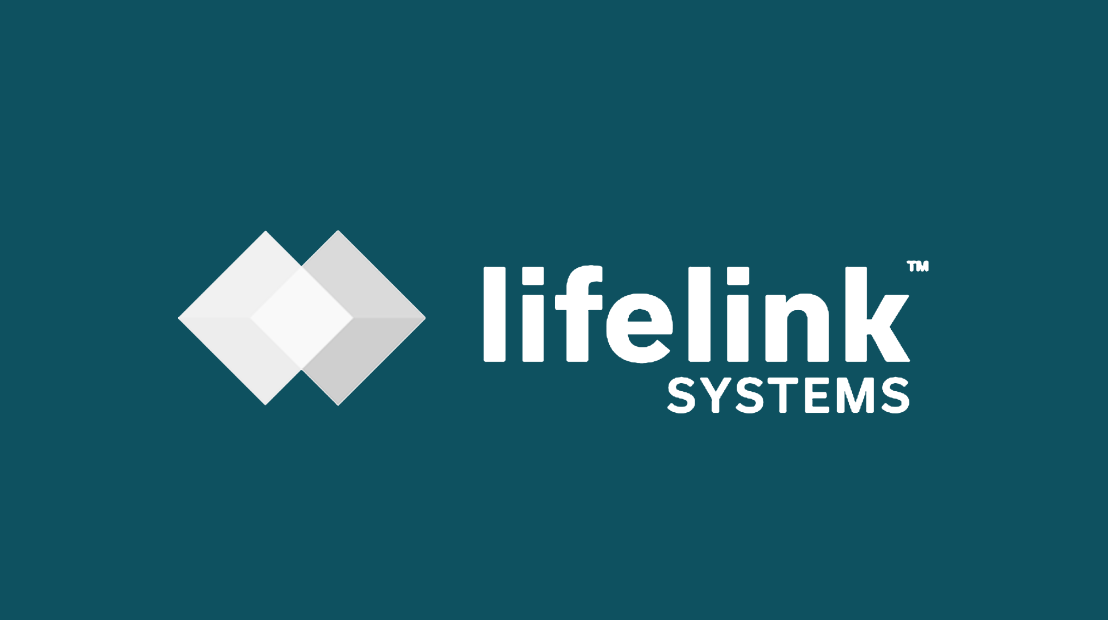Who is Lifelink?
Patient engagement and satisfaction with the healthcare industry are at an all-time low. Providers have been turning to technology to improve the patient experience and follow-through with the solutions their providers give them. But from the patient’s perspective, healthcare is already complicated enough without having to download and learn new apps to interact with their medical providers. They want to interact with healthcare the same way they interact with businesses and with people—over text.
To solve the problem of patient engagement and to improve patient experience, LifeLink developed chatbots that integrate with EMRs and CRMs. LifeLink chatbots turn time-consuming, messy interactions into smart conversations on patients’ mobile phones.
By partnering with Redox, LifeLink can leverage hard-to-get data and deliver a personalized, meaningful, smart experience to the patient.
In 2019 alone, LifeLink’s chatbots completed 1.1 million interactive conversations, engaging 290,000 patients. LifeLink expects to quadruple these numbers in 2020 as their workflow engine rolls out to more healthcare provider systems, emergency departments, and clinical researchers.
How Lifelink helps
LifeLink delivers patient engagement solutions that turn time-consuming, messy interactions into smart conversations in the place where people spend their time – on their mobile devices.
The challenges caused by patient disengagement aren’t new or surprising to anyone working in the healthcare industry, where 50-75% of patients don’t use the solutions their providers give them.
Hundreds of thousands of apps have been created to fix the problem of disengaged patients. But requiring patients to download and learn new apps simply increases confusion and distances the patient.
In fact, only 2% of patients engage with hospital apps.
Meanwhile, patients feel left out of their care, especially in places like Emergency Departments. Patients expect to receive the same level of customer service and visibility from their healthcare providers as they do from other businesses. Review sites reflect this. Hospitals have some of the lowest ranking Yelp reviews of any other service industry.
Open, clear communication can improve both patient experience and engagement. But technology doesn’t seem to be helping:
- Email open rates: 10%
- Phone call pickup rates: 5%
But there is one mode of communication that people use all the time: texting.
In fact, people spend 2.5 hours a day messaging on their phones. Texts have an open rate of 97% and don’t force people to adopt new technology. LifeLink developed a chatbot solution that would interact with patients through their cell phones. To the patient, it just feels like texting a helpful, compassionate person.
LifeLink chatbots are essentially a workflow engine that manages if and when to reach out to patients and then texts them a secure, contextually appropriate link that is always up-to-date. The best way to orchestrate successful care journeys is through triggers initiated by the systems of record that know when to engage a patient for reminders, updates, refills, check-in, follow up appointments, etc. LifeLink conversational chatbots provide are able to provide patients with dynamic information thanks to their robust integration with EMRs and CRMs.
Better integration = better experiences
Seamless integration is key. Without EMR and CRM integration, chatbots could only provide a thin solution with static information. Unintegrated, a chatbot would be no different than a rogue call center agent who refuses to look at the CRM before speaking with patients and doesn’t update the record after the conversation.
LifeLink chatbots not only listen to data to create meaningful interactions for a patient, but they also write data to EMRs and CRMs as each patient moves through the workflow. Integration makes it possible for everyone—the patient, the call center, and the provider—to stay in-sync with the most up-to-date information. And it enables the chatbot agent to behave like a human agent.
Types of data sent to a CRM or EHR:
- patient status
- next action required for the patient
- patient-reported outcomes
- health risk assessment
LifeLink initially did integrations in-house, including HL7 integrations and lab systems. But with the addition of their first Emergency Department client—who has 1 million customers and sends tens of thousands of messages daily— an in-house solution was no longer sustainable. A large team of data engineers would be required to build the necessary tools and map all of the integrations.
LifeLink turned to Redox to solve the problem of how to get data in, so they could focus on giving patients a personalized and valuable experience.

